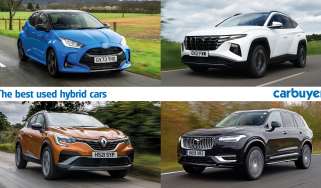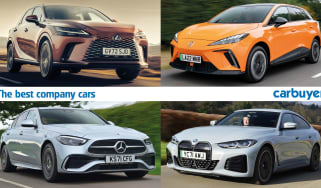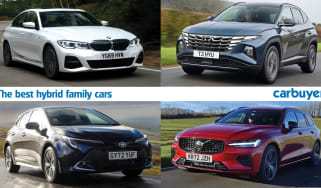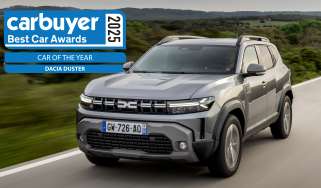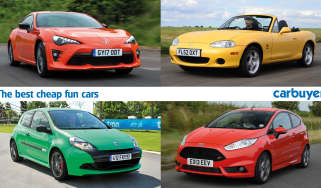Mercedes C350e hybrid (2017-2018)
“The Mercedes C350e plug-in hybrid has all the excellent qualities of the C-Class, with big savings for company-car drivers”
Pros
- Low costs for business users
- Impressive performance
- Comfortable interior
Cons
- Cut in boot size
- Hard to hit official figures
- Mediocre driving experience
Plug-in hybrids were once a niche proposition, but the introduction of models like the Mercedes C350e and BMW 330e iPerformance into mainstream line-ups means their sales are set to grow exponentially. Volvo, which sells the rival Volvo V60 Twin Engine, has even committed to launching just electrified models from 2019 and most rival manufacturers are likely to follow suit soon after.
The C350e enjoys all the traits the Mercedes C-Class has gained over its many years of production, but its 48g/km CO2 emissions are the lowest in the history of the badge. Importantly, they make it considerably cheaper to own than a diesel for business users – who make up the bulk of C-Class drivers – and make the car currently exempt from the London Congestion Charge.
Fuel-efficiency has been boosted by the addition of a lithium-ion battery pack about a quarter of the size you’d find in the all-electric Renault ZOE. This provides the electric motor with enough juice for a zero-emission range of around 19 miles. Leave the C350e in hybrid mode and it assists the petrol engine when pulling away and puts energy back into the battery as you slow down.
Traditionally, the C350 badge would indicate a fair slice of performance, and it’s still warranted here thanks to acceleration from 0-62mph in 5.9 seconds and a top speed of 155mph. The C350e is quite a heavy car, though, with air suspension tuned more to cosset you than provide driving thrills. The result is a quick yet relaxing car, with less driver appeal than the BMW 330e iPerformance.
Apart from a few badges and a charging-cable flap, the C350e looks identical to the rest of the range and comes in the same Sport or AMG Line trim levels. Passengers will also find the cabin is just as stylish and luxurious, with plenty of room to stretch out.
One of the main downsides of the transformation is its impact on boot space, which is around 30% less than the standard C-Class. Not only this, but the boot’s shape is also affected, making it trickier to load bulky items. Even the C350e Estate has a smaller boot than a Volkswagen Golf, but at least dropping the seats does increase its potential space.
The Mercedes C-Class came a respectable 40th out of 75 models in our 2017 Driver Power customer satisfaction survey and we’d expect the hybrid technology to be just as robust as the rest of the car. The same goes for safety, with the C-Class posting a five-star result in Euro NCAP crash tests.


